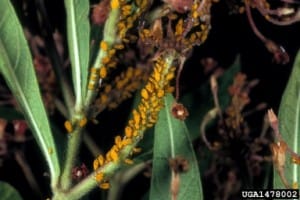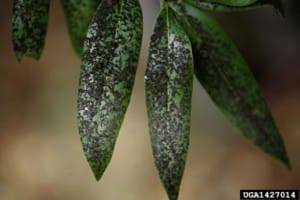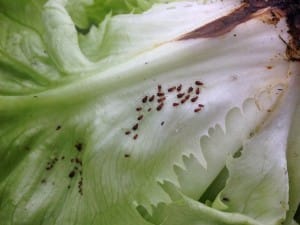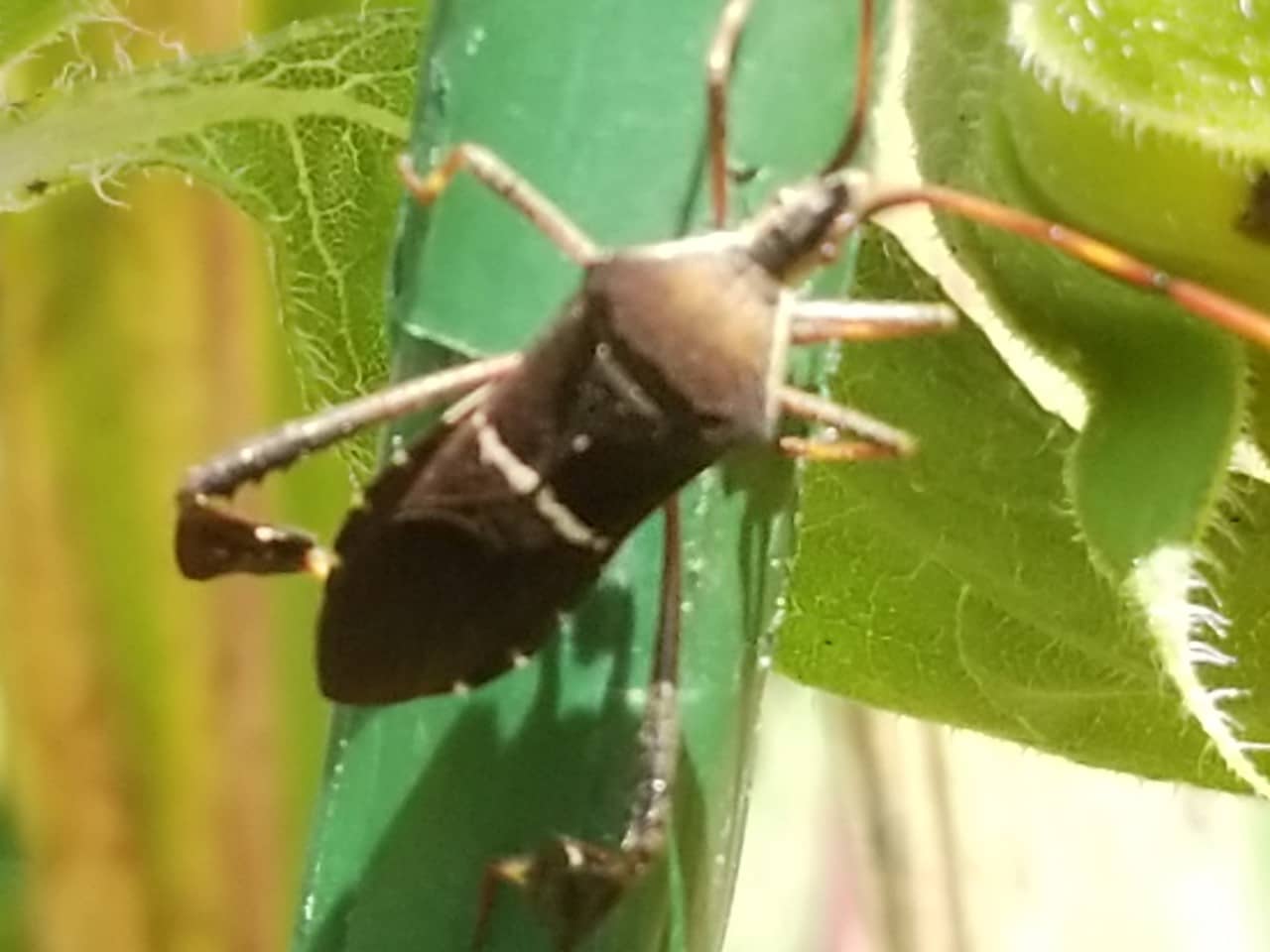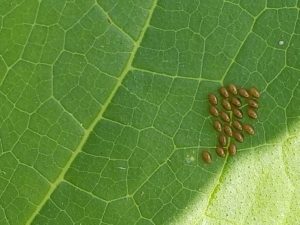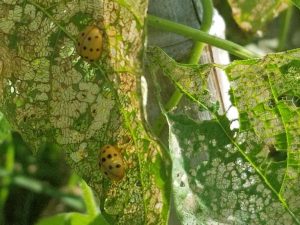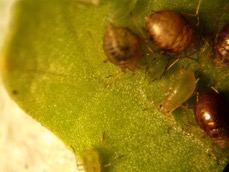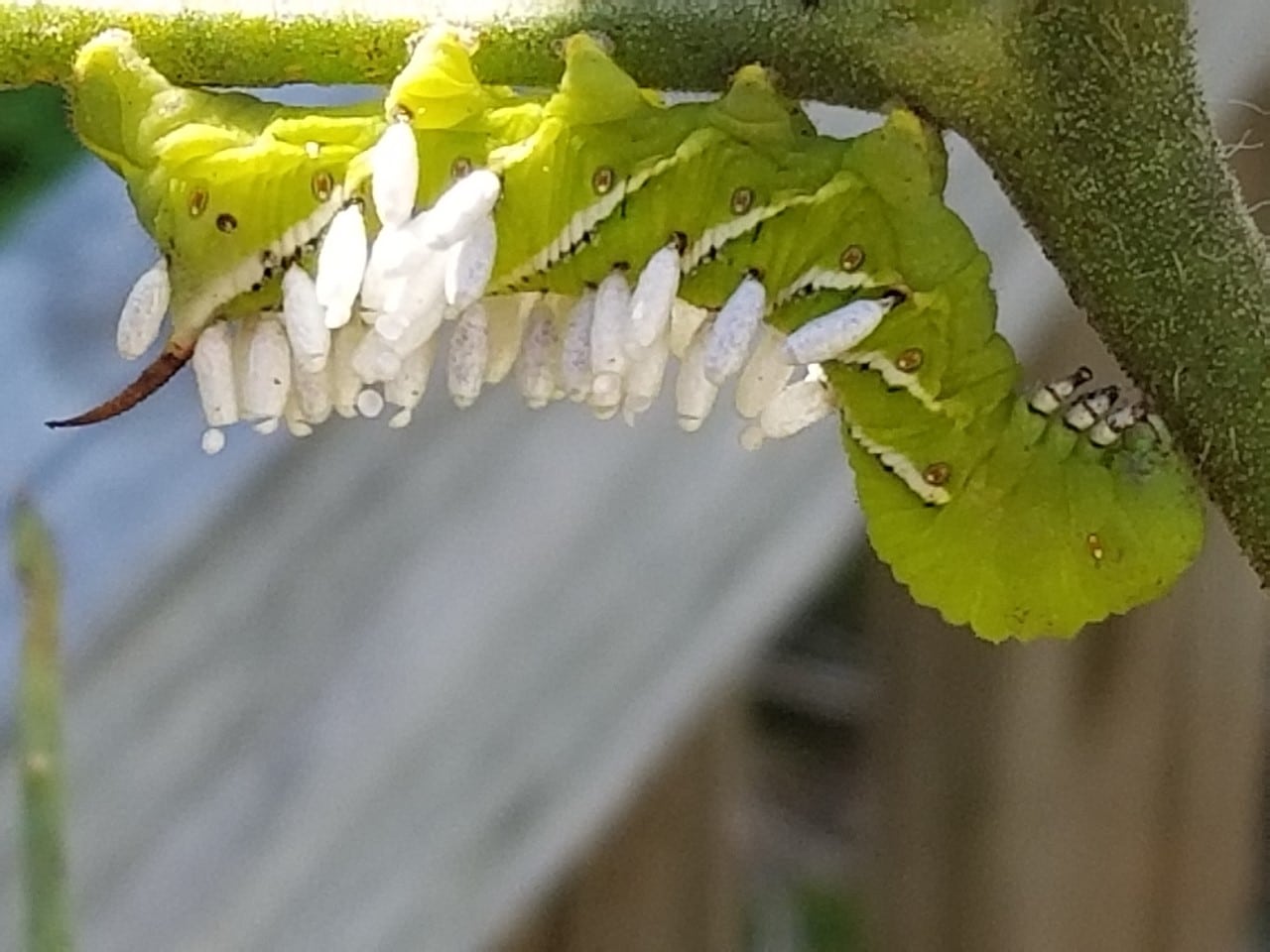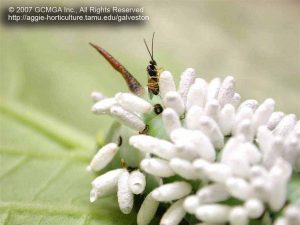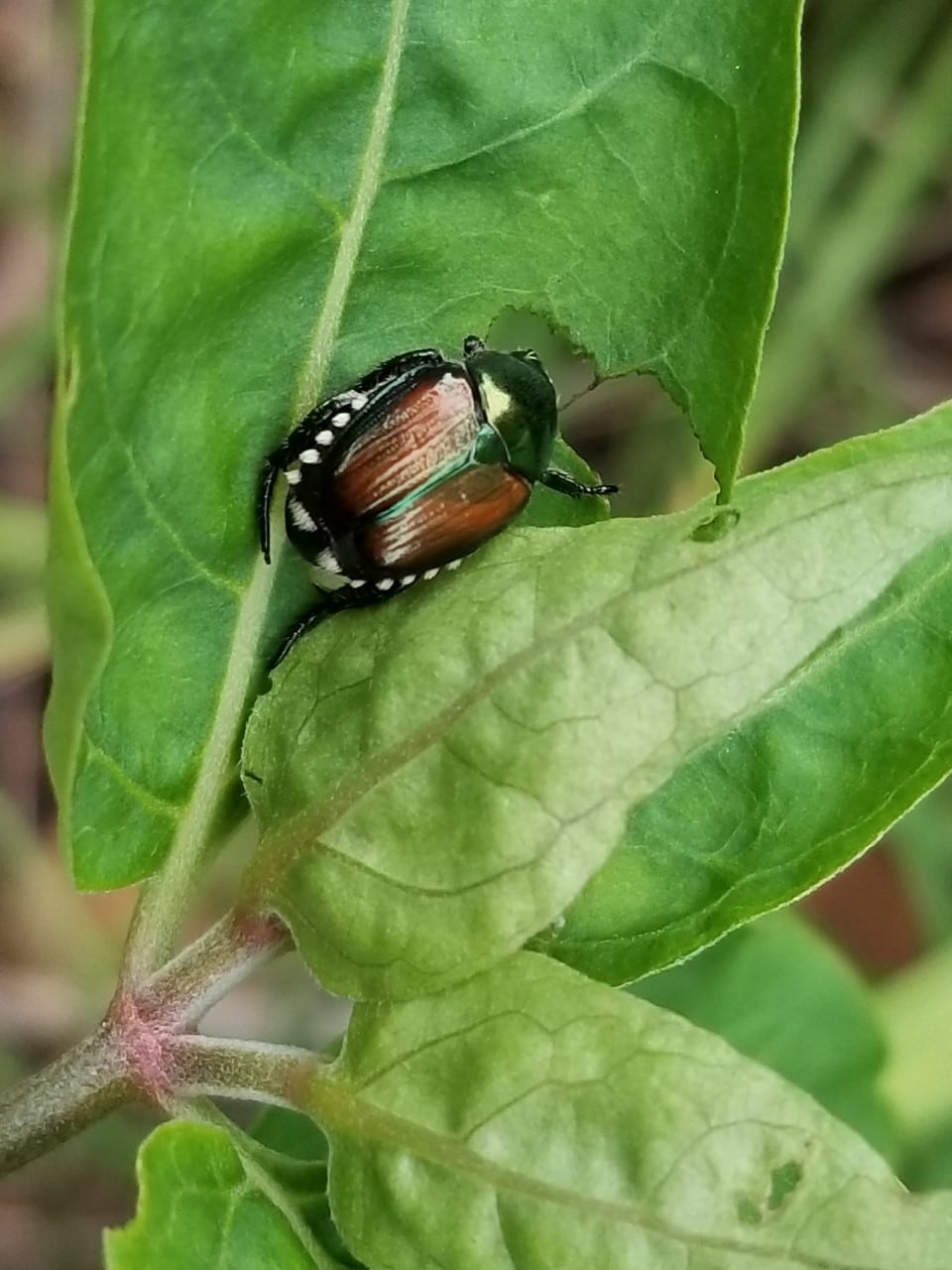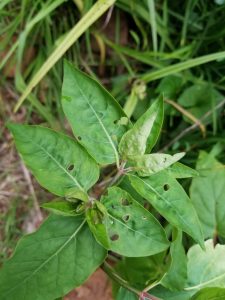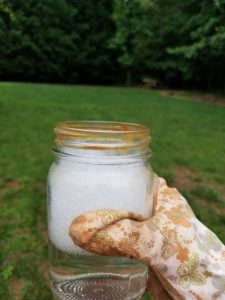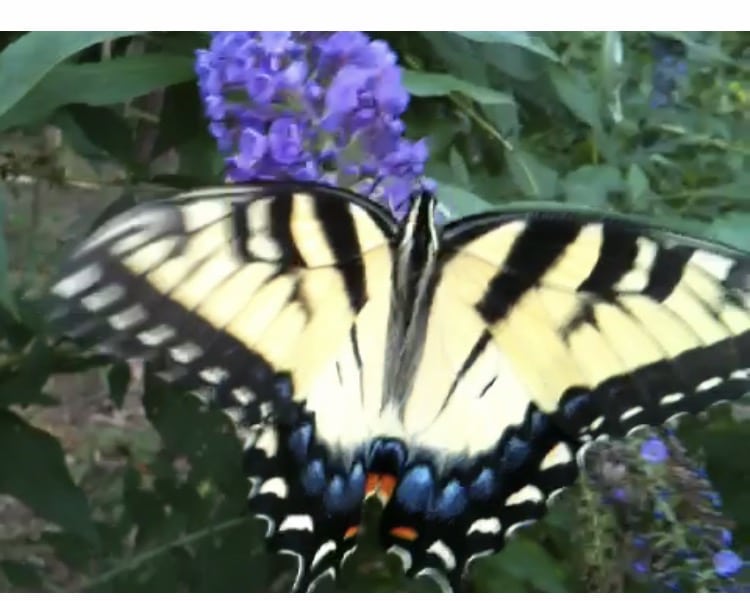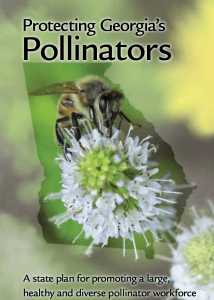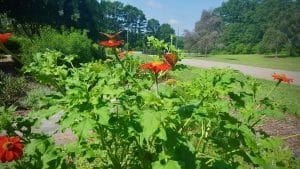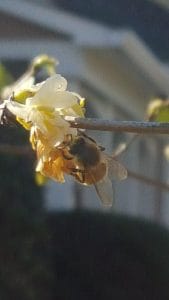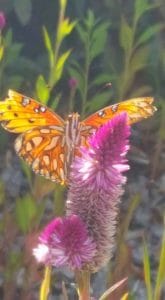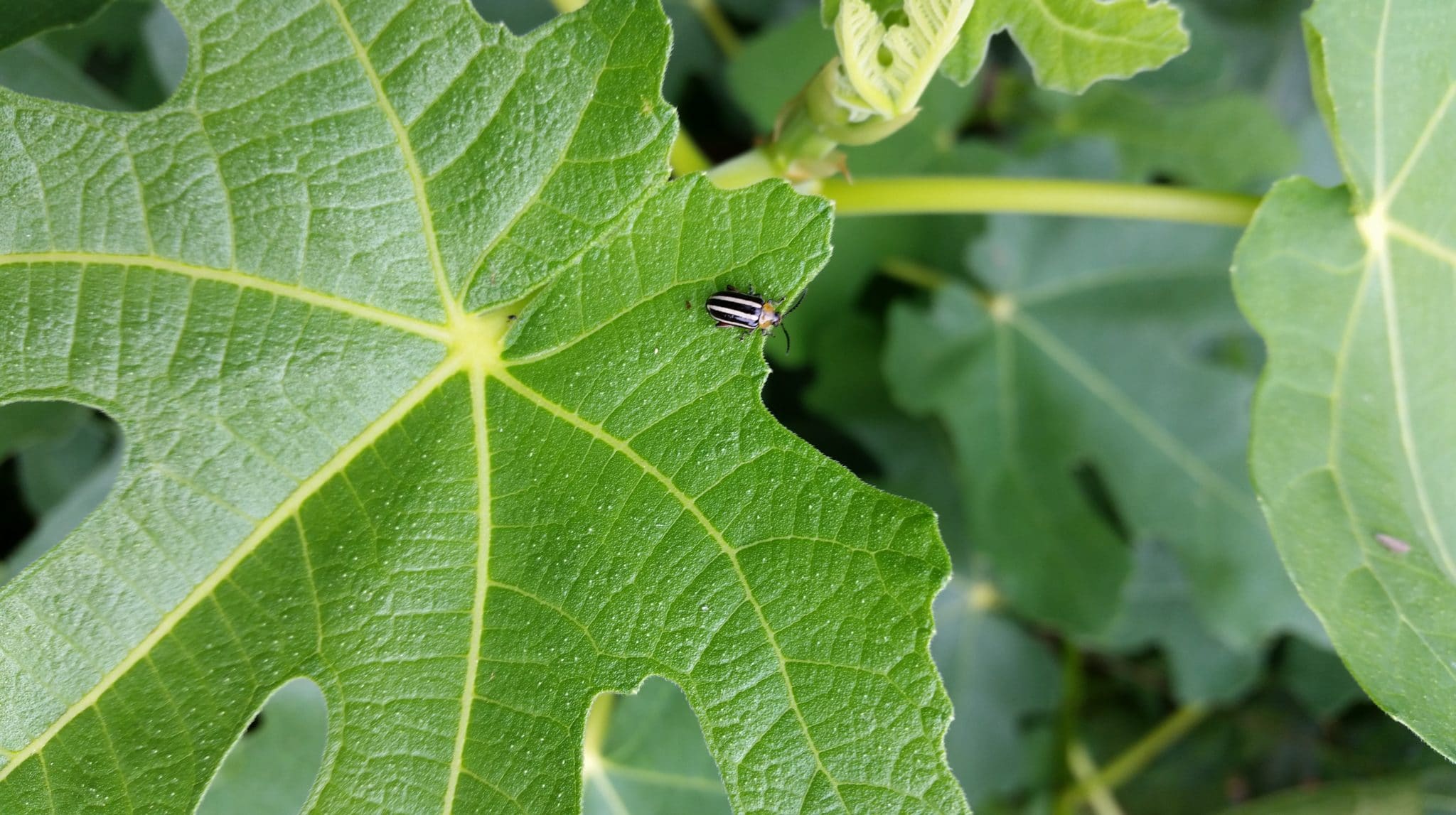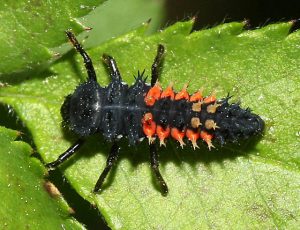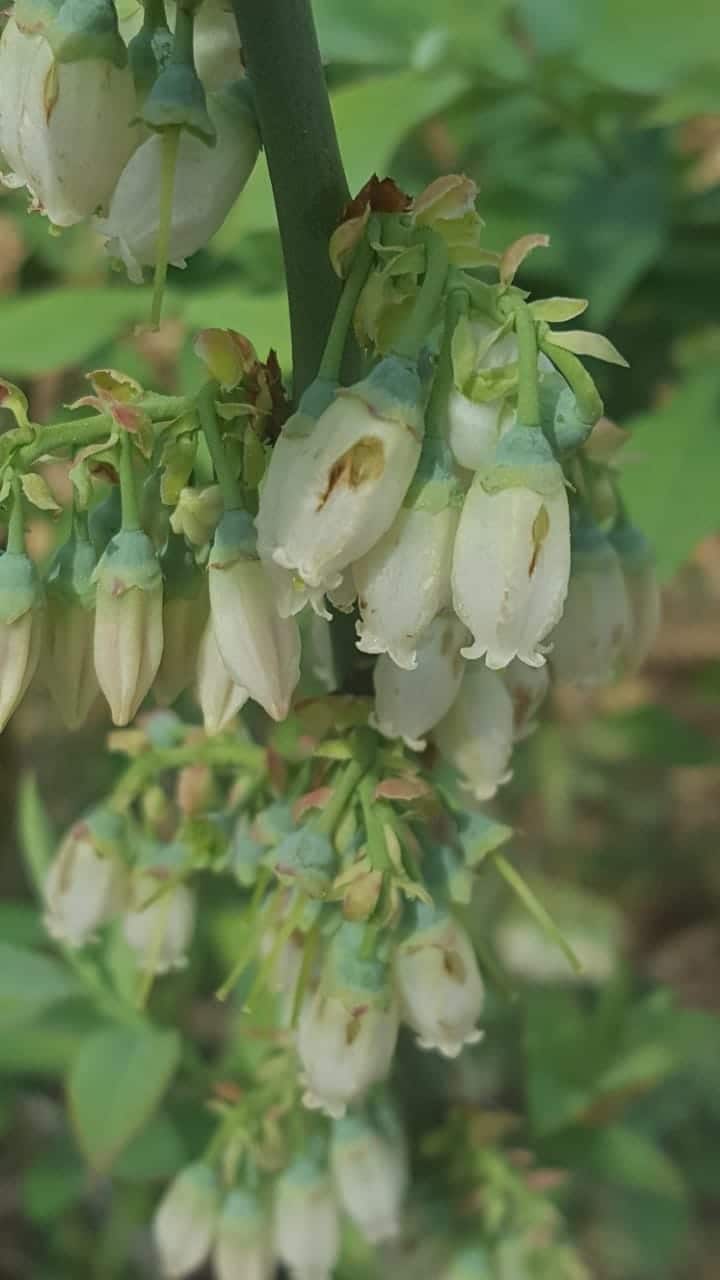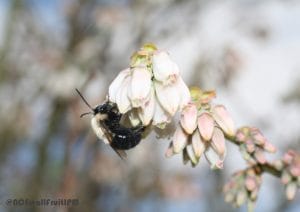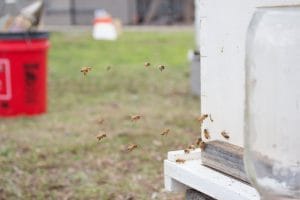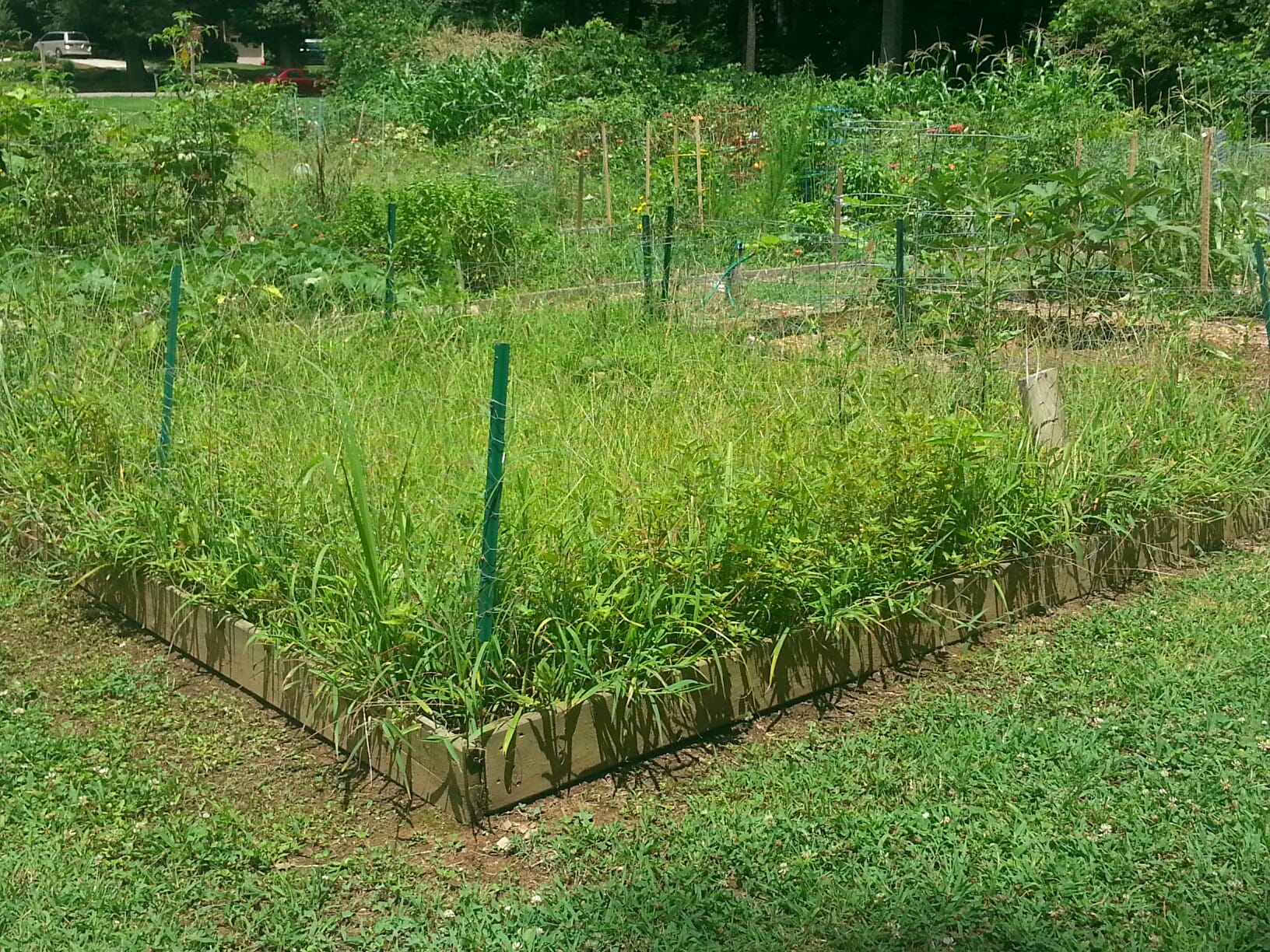It is the time of the year when Georgians look to the sky to watch for signs of Monarch migration. These butterflies are on their way to the Sierra Madre Mountains of Mexico to overwinter on the oyamel fir trees of the area. The fir trees provide the perfect climate with a combination of optimal temperature and humidity to ensure the butterflies survive the winter. It is amazing to realize that this super-generation of migrating butterflies endure the hazards of the trip to go to a place that they have never been before.
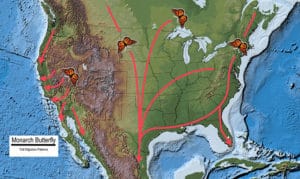
Fall Monarch Migration Routes Source: USGS National Atlas
Reports around Georgia are that Monarch populations are high. A poll taken of insect enthusiasts showed that 83% have seen Monarchs heading south this year. Thirty percent of the respondents indicated that they are seeing a higher number of Monarchs than last year. This is terrific news as Monarch population numbers have been inconsistent over the last several seasons.
To increase the chances of seeing this phenomenon and to assist the butterflies create a fall migration garden. Monarchs will descend from their high migration path looking for food resources. Research shows that migrating butterflies respond to tall flowers that are easily accessible. Joe Pye weed (Eutrochium purpureum), goldenrod (Solidago spp.) and Mexican sunflower (Tithonia rotundifolia) are all proven Monarch attractors in the fall. Several of our fall-blooming native aster plants (Aster spp.) are perfect for these butterflies as well. The butterflies do not need milkweed (Ascelpias spp.), their larval host plant, at this time of the year. But be sure to include milkweed in your summer butterfly garden.
To follow the Monarch migration and to report your butterfly populations visit Journey North (https://journeynorth.org/monarchs). This organization has tabulated the reports of citizen scientists for many years and is a great resource for school groups. Monarch Watch (https://www.monarchwatch.org) provides online information for learning about these insects and their habitat needs. Contact your local UGA Cooperative Extension agent for more information about butterfly gardening and habitat building. If you miss seeing the fall migration spend time getting your garden ready for the Monarch return in the spring!
Happy Butterfly Watching!

